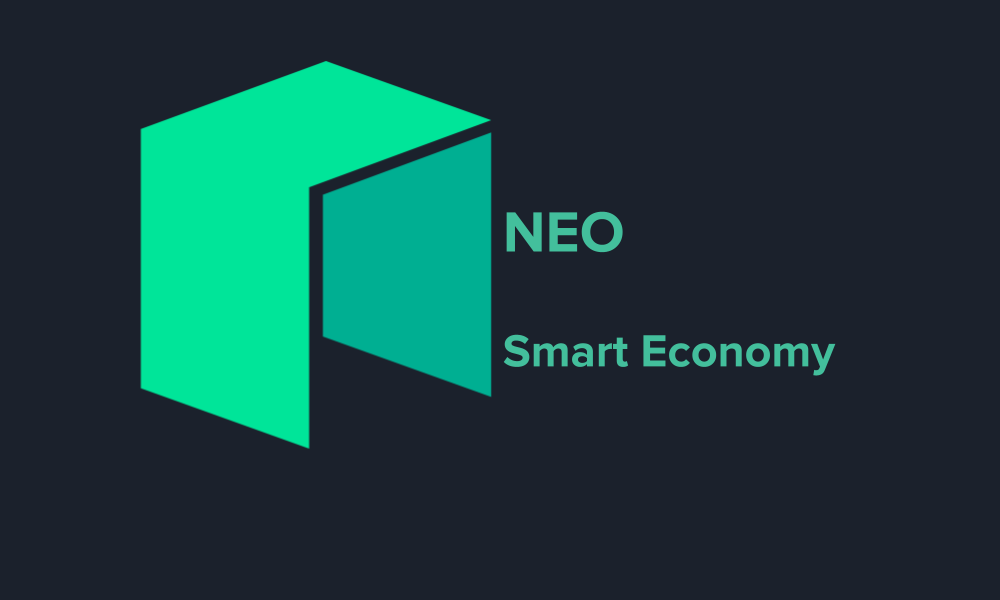Governments of the world have found it hard to integrate cryptocurrencies into their market economy. As such, central banks of multiple countries are building their central bank digital currencies (CBDCs) to reap the benefits of blockchain tech while retaining market power. However, some governments have gone extreme. For instance, China’s government has even banned and imposed heavy regulations on cryptocurrencies. However, even in this regulatory climate, Neo Smart Economy has stood well against the regulatory hurdles of China in an innovative way. As such, it stands the chance to emerge as the choice of governments across the world.
The Neo Smart Economy has performed well in Chain because it is a regulatory compliant and open-source blockchain that aims to make the network for a smart economy with digital assets. The regulatory compliance feature of the blockchain appeals to governments around the world. Let’s read about NEO and understand how it functions!
So, What is Neo?
Neo Smart Economy is a software network platform that allows users to transact and create decentralized products and services. It is also popularly known as the “Ethereum of China” for two reasons. First, it has a lot of features that are similar to Ethereum such as the ability to program and deploy decentralized applications for decentralized exchanges, prediction markets and social networks. Second, it was founded as AntShares by Da Hongfei and Erik Zhan in China in 2014 (changed to NEO in 2017) and is a regulatory complaint blockchain that gives it an edge for operating in China. Consequently, it has a lot of influence in China. Therefore, it is known as the “Ethereum of China”.
Like Ethereum, it allows for the development of digital assets and smart contracts. Here, the added value is the open, decentralized, trustworthy, traceable and transparent manner in which Neo operates. It aims to allow users to digitize assets and manage them by building a distributed network-based smart economy system. It also aims to implement quantum-computing resistance on its network that will allow the programs to withstand cryptoanalytic attacks by quantum computers. Moreover, it also aims to obtain inter-chain operability.
How does Neo work?
The Neo Smart Economy is a feature-complete blockchain platform that allows users to build decentralised applications. Its smart economy is based on three foundational pillars: digital assets, digital identity and smart contracts. Here is a breakdown of how this works:
Digital assets:
Neo allows developers to digitise and automate the management of their assets on its blockchain free of cost and without any intermediary. It allows a platform that is open, decentralized, and transparent where users can record, buy, sell, or exchange any kind of assets. Not just that, it also allows for linking your digital assets to a unique avatar. Furthermore, due to digitized assets, the platform also supports the protection of assets. This means that the assets registered on the platform have a valid digital identity. Therefore, protecting it by the law of the land.
Digital identity:
The Neo blockchain enables digital identity in order to verify key information about participants individuals or organizations. This helps in ensuring proper regulatory compliance.
Smart contracts:
The platform uses smart contracts to allow for the execution of transactions and agreements. This is done among different parties without any kind of governance by a legal entity or a central mechanism. The execution of contracts is a result of the code that is used to allow smart contracts traceability, transparency, and irreversibility of transactions.
The platform uses a unique governance system called Delegated Byzantine Fault Tolerant (dBFT) which was actually introduced by Neo itself. The consensus mechanism can support up to ten thousand transactions per second. Furthermore, The Neo virtual machine supports a large list of languages including C#, Java, C, C++, GO, JavaScript, Python, and Ruby. Moreover, Neo plans to use NeoX, a protocol that supports cross-chain asset exchange and distributed transactions, in order to successfully become cross-chain interoperability.
NEO token: a snapshot
There are two native tokens on the Neo Smart Economy platform: NEO and NeoGas (GAS). On the platform, NEO is used as a payment token and is used for making transactions. Furthermore, the NEO token also confers governance rights over the network’s changes and development. GAS, on the other hand, is the fuel token for the NEO virtual machine (used for executing smart contracts). Furthermore, the GAS token is used for supporting the applications by paying for computation costs on the platform. Users can also participate in the network consensus by staking NEO and earning rewards in return. Now, if you are wondering where to buy the NEO token, stop wondering and buy NEO token with Zebpay.
Conclusion
The Neo Smart Economy is an open-source platform that provides a platform for creating decentralization applications and deploying smart contracts. The envisioned smart economy on the platform has three foundational pillars: digital assets, digital identity and smart contracts. There are two native tokens on the platform: NEO and GAS. The NEO token is the main governance and payments token whereas the GAS token is used as a fuel token on the platform. You can now buy the NEO token on Zebpay crypto exchange platform!

